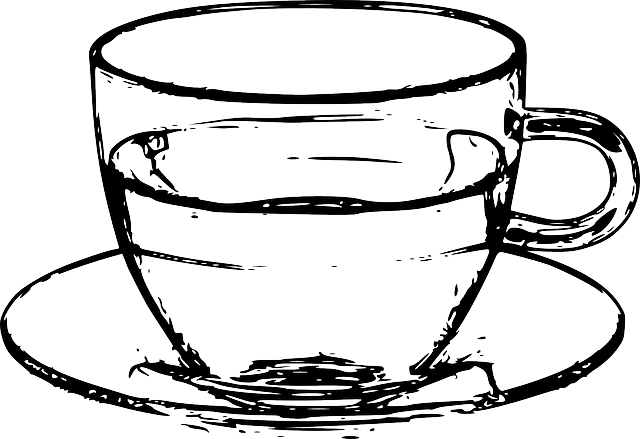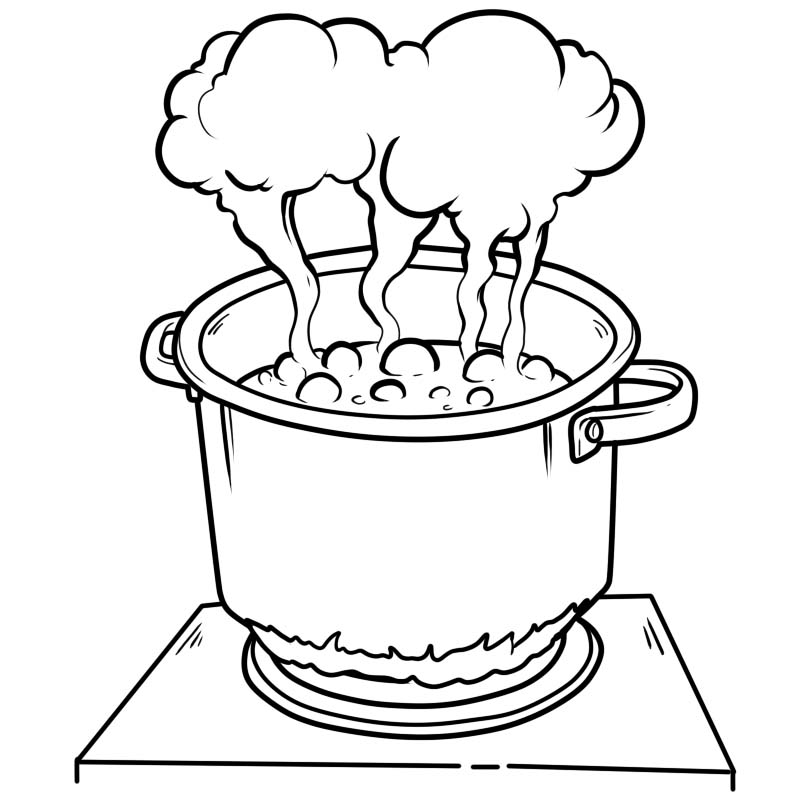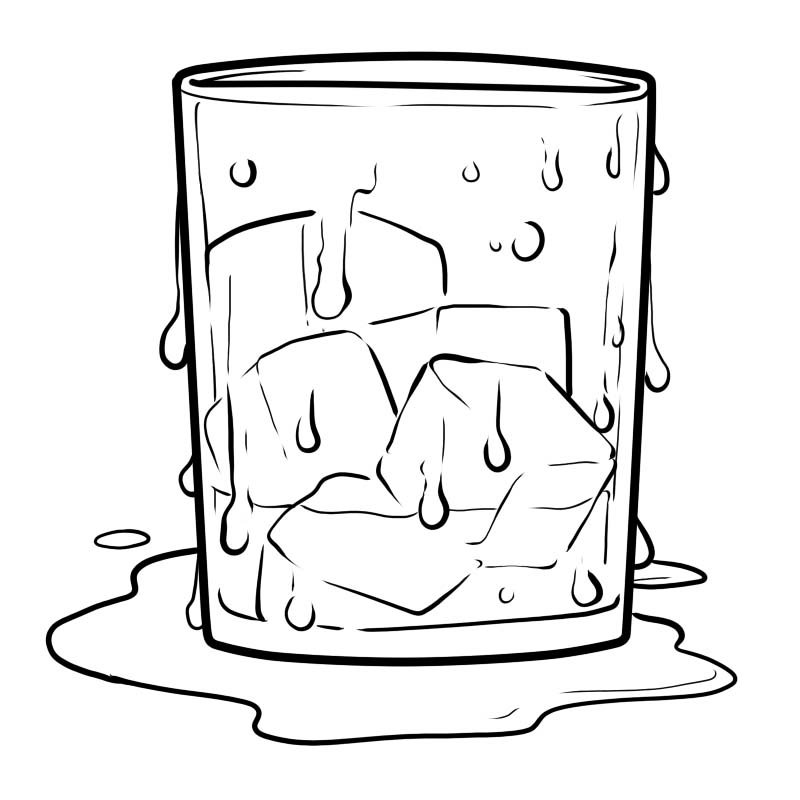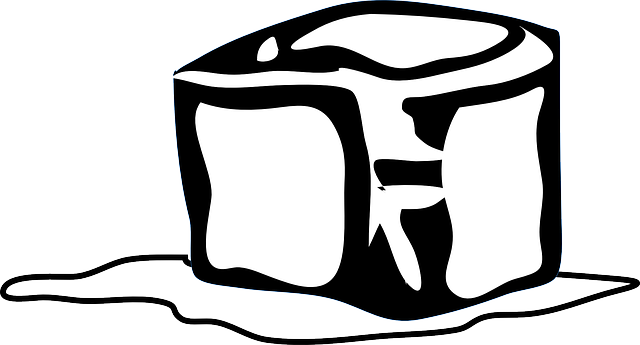As we already know, all matter on Earth exists in the form of a solid, liquid, or gas, and that solids, liquids, and gases are all made of extremely tiny particles called atoms and molecules. But all three states of matter differ one from another.
In this lesson, we are going to learn more about liquids. We will discuss:
Liquids are substances that flow freely but are of constant volume. Liquids are one of the three main states of matter, apart from gases and solids. Liquids are found between the solid and gas states. It is the only state with a definite volume but no fixed shape. In liquids, particles are quite close together and move with random motion throughout the container. Particles move rapidly in all directions but collide with each other more frequently than in gases due to shorter distances between particles. Because their particles move freely around, liquids can flow, and they will assume the shape of any container.
Liquids are everywhere around us.
Water is a liquid. Actually, it is the most common liquid on Earth. It covers more than 70% of the earth's surface.
There are many liquids intended for human consumption, like plain drinking water, coffee, milk, tea, juice, and others. They are called drinks. Their basic function is satisfying thirst, but drinks play important roles in human culture.



There are liquids inside our bodies. Liquids that come from inside human bodies and help transport nutrients and expel waste from human cells are called body fluids. They include blood, saliva, urine, mucus, and others.
And there is Mercury, as an example of a metal that is in a liquid state at room temperature.
Liquids have the following characteristics:
Liquids have no definite shape but have a definite volume
Why? The movement of the particles causes the liquid to be variable in shape. Liquids will flow and fill the lowest portion of a container, taking on the shape of the container but not changing in volume, which means they have a definite volume.
Liquids have considerable space between the particles
The particles in the solid are touching with very little space between them. The gas particles have big distances between them. But, the particles in a liquid usually are still touching but there are some spaces between them.
Liquid particles are free to move over each other but are still attracted to each other
In a liquid, the particles are attracted to each other but not as much as they are in a solid. The particles of a liquid are close together, always moving, and can slide past one another.
Liquid has more kinetic energy than the particles in the corresponding solid
The particles in a liquid have more kinetic energy than the particles in the corresponding solid. As a result, the particles in a liquid move faster in terms of vibration, rotation, and translation.
Liquids can be compressed, but it is difficult
Liquids are compressible, but their compression rate is very less because the molecules are already close together.
Liquids are fluids
Liquids, just like gases, have an ability to flow and they are both called fluids.
Liquids can change state, usually when they are heated or cooled. For example, liquid water turns into steam when it is heated enough, and it turns into ice when it is cooled enough. Phase changes are usually caused by changes in temperature or pressure.
The process of a liquid becoming a gas is called boiling (or vaporization). At a certain temperature, the particles in a liquid have enough energy to become a gas.

Condensation is the process by which water vapor in the air is changed into liquid water.

When a liquid changes into a solid, it is called solidification, also called freezing. When a liquid turns into a solid the molecules slow down and begin to vibrate in place. Generally, this occurs when the temperature of a liquid is lowered below its freezing point (the temperature at which a liquid becomes solid).
The process of a solid becoming a liquid is called melting. This occurs when the internal energy of the solid increases (by the application of heat or pressure), which increases the substance's temperature to the melting point (the temperature at which it changes state from solid to liquid).
